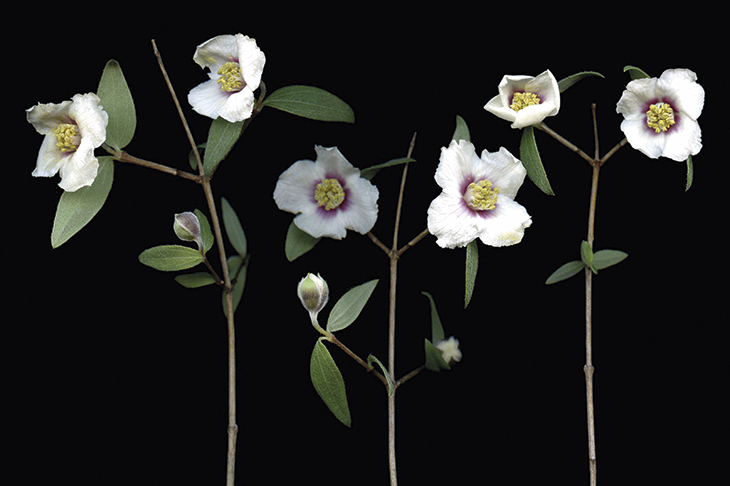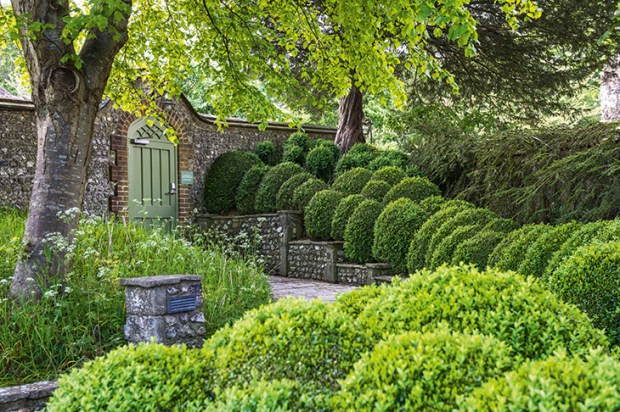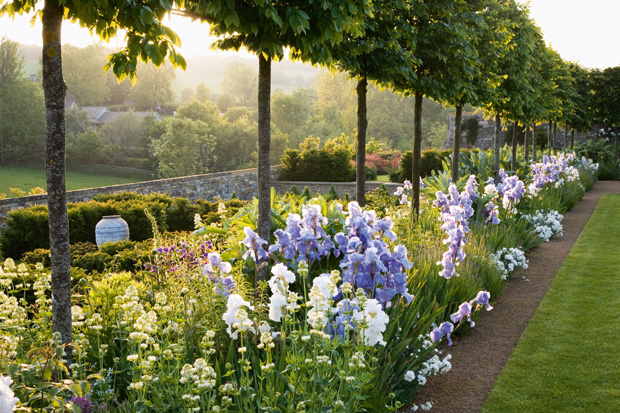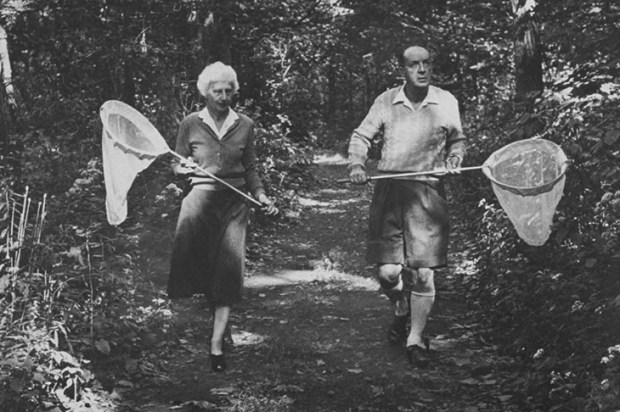There is no longer much point buying strictly practical gardening books, such as were a staple of the publishing industry in years gone by. Those colourful, cheery, cheap volumes have been superseded by trustworthy websites, such as that of the Royal Horticultural Society, which can quickly answer any query you have about cultivation, plant identification or pest damage.
Gardening books these days must offer something not to be found online, if readers are to shell out their precious British pounds: deep, hard-earned knowledge, elegant writing, attractive illustrations and, preferably, all three. This year, at least, there are a number that pass the test.
There hasn’t been a decent book on the notoriously elusive and subjective topic of garden scents for more than 20 years, so it is pleasant to be able wholeheartedly to recommend Scent Magic by Isabel Bannerman (Pimpernel, £30). Bannerman is best known as one half, with her husband, of a successful garden design team but, thanks to a rich cultural hinterland, she has also succeeded in writing a stylish, highly personal, scientifically illuminating account — part diary, part plant description — of her encounters with scented plants, both actual and in memory, through the course of one year. The photographs have the advantage of being all her own.
Equally readable, although more colloquial, is The Garden Jungle: Or Gardening to Save the Planet (Cape, £16.99) by the biologist Dave Goulson, best known for his sharp-witted, popular science books on bees. In this volume he considers all the common creatures in our gardens — from worms to moths — and appears to have a particular tenderness, I am happy to say, for earwigs and other disregarded insects. (On Goulson’s say-so, I plan to make ‘lagoons’ for hoverfly larvae.) Inevitably, in the environmental tradition de nos jours, the book contains its fair share of doom-crying. If you read the chapter on the harm done both to garden creatures and to us by all-too-efficient agricultural pesticides, your days of buying non-organic produce are likely to be numbered.
Beth Chatto, who died last year, was singularly forward-thinking and knowledgeable, and her gardens and nursery near Elmstead Market in Essex have been a continual draw to enthusiasts for half a century. Catherine Horwood’s authorised biography, Beth Chatto: A Life with Plants (Pimpernel, £30), based on diaries, notes and conversations, is a faithful, workmanlike account of a truly remarkable plantswoman and artistic gardener (as well as a very nice person) who emphasised the importance of understanding ecology in growing plants successfully, and whose naturalistic Chelsea Flower Show exhibits in the 1970s and 1980s were a revelation.
Of the same generation as Chatto — but mercifully still with us — Penelope Hobhouse is an international garden designer, plant expert and scholarly garden historian. She has revised (with the able help of Ambra Edwards) her The Story of Gardening (Pavilion, £35), first published in 2002. This is a book for which the word ‘magisterial’ might almost have been coined; it is an authoritative tour d’horizon of garden styles across the world, from truly ancient times to the present, showing how garden-making has both influenced, and been influenced by, contemporary thought.
The text is accompanied on every page by handsome, well-chosen illustrations — photographs, plans, paintings — including many of exemplary gardens in each style. For my money, Hobhouse is particularly good on Islamic gardens and those in the Americas. But almost the most interesting chapter is the last, written in sprightly manner by Ambra Edwards. She describes the many changes which have come about in the past 30 years across the world: looking backwards to the beginnings of the historic garden conservation movement and forwards to sustainable ways of gardening in cities, taking in land sculpture, ecological planting and therapeutic gardening on the way.
The backwash of all this has lapped against the walls of Oxbridge colleges, without threatening to inundate these citadels of tradition. Tim Richardson’s Cambridge College Gardens (White Lion, £40) — the successor volume to his book on ‘the Other Place’ — is a handsome production, thick with photographs by Clive Boursnell and the late Marcus Harpur. In it, Richardson traces the history of the gardens and describes their appearance, mixing serious research with refined discernment.
Satisfyingly, it is unflashy, modern colleges such as Murray Edwards (my alma mater) and Wolfson (my husband’s) which come in for particular and deserved praise, thanks to the creativity and plantsmanship of the head gardeners, Jo Cobb and Phil Stigwood. And how nice to see included photographs of all the college garden teams. This book will inevitably find its largest readership among Cambridge alumni keen to discover what has happened to the dear old college garden in the intervening years since they were sick in a flower bed in May Week. But it deserves a wider audience.
If your plant-eating offspring have badgered you for a patch of garden, you could do much worse than give them Veg in One Bed (DK, £14.99) by Huw Richards. This engaging 20-year-old has a tremendously successful YouTube channel (HuwsNursery), where he propounds a simple, appealing, perfectly justifiable message — that you can cultivate an abundance of organic food in one 10 ft long raised bed. This book, with its recycled cardboard covers, sustainably sourced paper and short text, clearly and concisely laid out among suitable photographs, is far better for frequent reference than a vlog. The fact that it’s already a bestseller suggests that the internet and the book can still enjoy a synergy — with the latter providing that trustworthiness and even, ironically, accessibility that the former cannot always command.
Got something to add? Join the discussion and comment below.
Get 10 issues for just $10
Subscribe to The Spectator Australia today for the next 10 magazine issues, plus full online access, for just $10.
You might disagree with half of it, but you’ll enjoy reading all of it. Try your first month for free, then just $2 a week for the remainder of your first year.














Comments
Don't miss out
Join the conversation with other Spectator Australia readers. Subscribe to leave a comment.
SUBSCRIBEAlready a subscriber? Log in